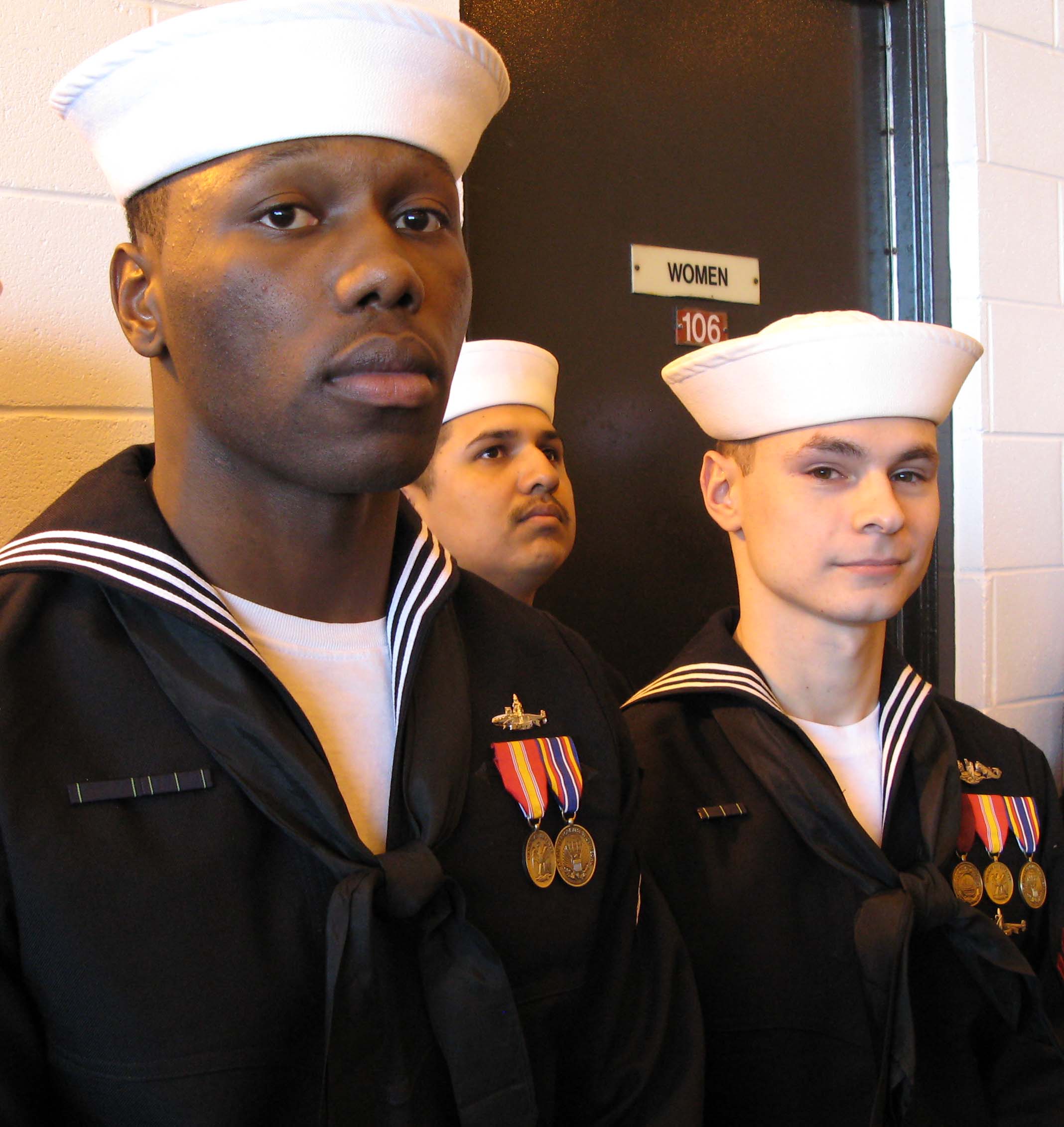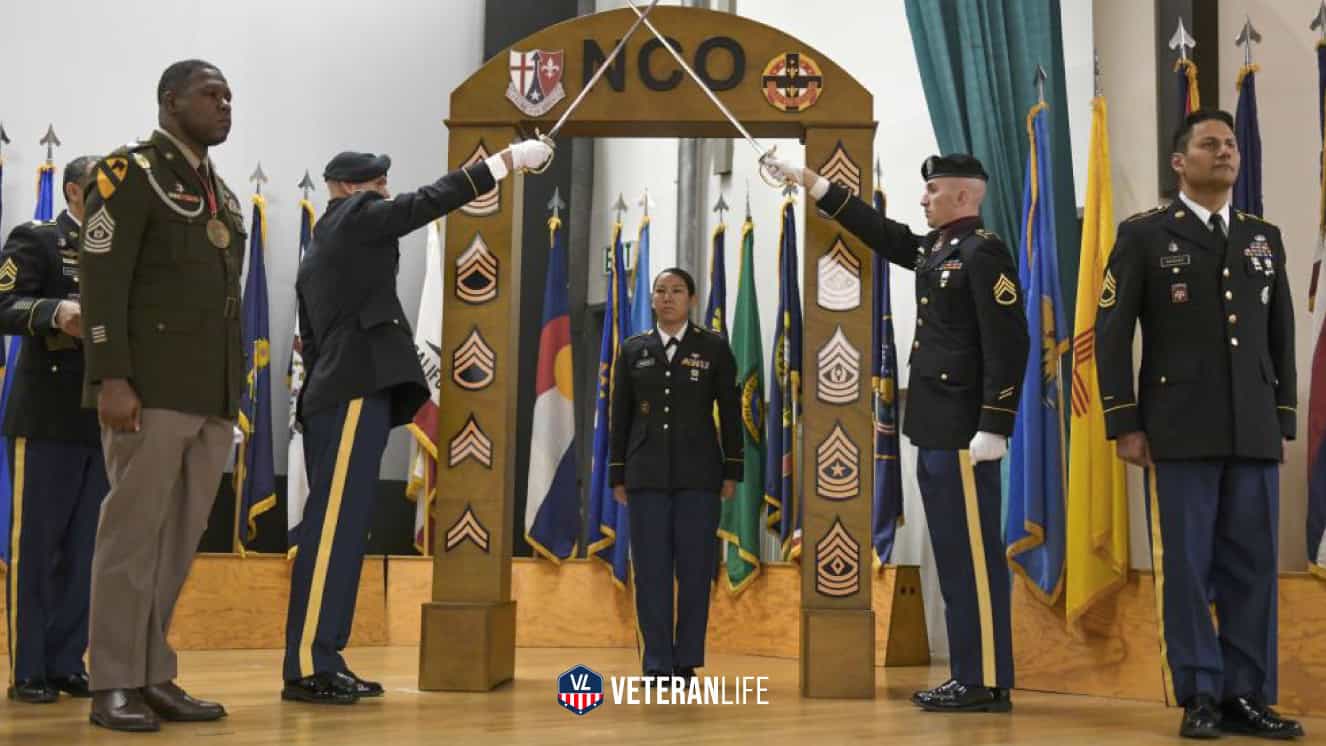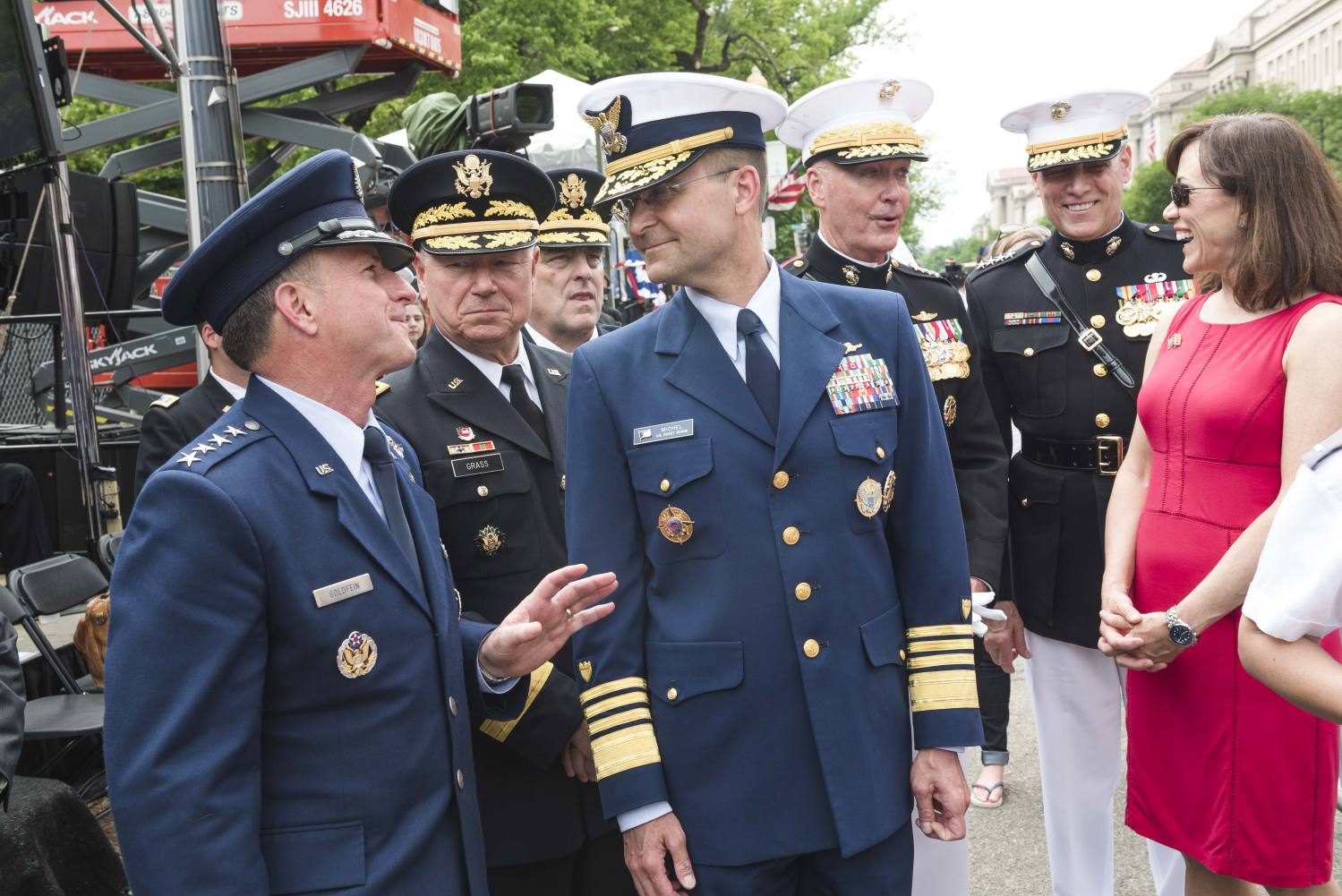Deciphering the Stripes: A Guide to Military Ranks and Command Structure
Military forces around the world rely on a hierarchical structure to function effectively. This structure is established through a system of ranks, which define an individual's authority, responsibility, and position within the chain of command. Understanding these ranks and how they interact is crucial to comprehending how militaries operate.
There are two primary categories of military ranks: enlisted and commissioned officers.
Enlisted Ranks: The Backbone of the Military
Enlisted personnel form the foundation of any military force. They are the soldiers, sailors, airmen, and marines who carry out the day-to-day operations and missions. Enlisted ranks typically progress from trainee to senior non-commissioned officer (NCO).
- Trainees: New recruits entering the military begin at the bottom rung, undergoing basic training to learn fundamental military skills and discipline. This entry-level rank may have different designations across services (e.g., private in the Army, seaman recruit in the Navy).

- Junior Enlisted: After basic training, soldiers progress to junior enlisted ranks, where they are assigned specific duties and begin working under the supervision of NCOs. Examples include private first class (Army) or corporal (Marine Corps).

- Non-Commissioned Officers (NCOs): NCOs are the backbone of the enlisted force. They provide leadership and supervision to junior enlisted personnel. NCO ranks are achieved through a combination of experience, leadership ability, and completion of professional military education. Examples include sergeant (Army), petty officer third class (Navy), and staff sergeant (Air Force).

- Senior NCOs: Senior NCOs hold the highest enlisted ranks and positions of great responsibility. They advise commissioned officers, manage enlisted personnel, and ensure the smooth operation of units. Examples include first sergeant (Army), master chief petty officer (Navy), and command sergeant major (Marine Corps).
Commissioned Officers: Leading the Charge
Commissioned officers are entrusted with the overall leadership and command of military forces. They receive their commissions through appointments approved by the head of state and typically hold a bachelor's degree. Officers are expected to make strategic decisions, plan operations, and motivate troops.
- Company Grade Officers: These are the junior officers who lead small units like platoons or companies. They gain experience and knowledge through on-the-job training and professional military education. Examples include second lieutenant (Army), ensign (Navy), and captain (Air Force).
- Field Grade Officers: Field grade officers command larger units such as battalions or squadrons. They are responsible for overseeing operations and making tactical decisions. Examples include major (Army), lieutenant commander (Navy), and lieutenant colonel (Air Force).
:quality(70)/cloudfront-us-east-1.images.arcpublishing.com/archetype/BD7JMOVUINGCRHPK3CM42RIPVM.jpg)
- General/Flag Officers: These are the highest-ranking officers in the military and hold positions of great responsibility. They oversee entire divisions, corps, or even the entire military force. Examples include brigadier general (Army), rear admiral (lower half) (Navy), and major general (Air Force).

Command Structure: A Chain of Authority
Military command structure refers to the hierarchical arrangement that dictates how orders flow through the ranks. It establishes a clear chain of authority, ensuring that everyone knows who to report to and who gives instructions.
- Unit Level: The most basic level of command structure exists within individual units like platoons, companies, or squadrons. Here, junior officers lead enlisted personnel and NCOs provide direct supervision.
- Company/Battalion Level: At this level, company grade officers are in command, receiving orders from and reporting to field grade officers who oversee larger units like battalions.
- Brigade/Division Level: Field grade officers lead brigades or divisions, taking instructions from and providing guidance to general/flag officers.
- National Level: At the national level, the highest-ranking officers assume overall command of the military, reporting directly to civilian leadership.
Insignia: Recognizing Rank and Branch
Military personnel wear distinctive insignia on their uniforms to signify their rank and branch of service. These insignias can be stripes (enlisted), chevrons (NCOs), or a combination of bars and stars (officers). Understanding these visual cues allows for quick identification of a service member's position within the military hierarchy.
Importance of Ranks and Command Structure
The system of ranks and command structure is vital for the effective functioning of any military. It ensures clear lines of authority, promotes efficient decision-making, and fosters a sense of order and discipline. A well-defined structure allows for the proper allocation of resources, facilitates training and development, and ultimately contributes to the success of military operations.
Variations Across Countries
It's important to note that the specific ranks and structure may vary slightly between countries. However, the general principles of enlisted versus commissioned officers and a hierarchical chain of command remain consistent across most militaries.
By understanding military ranks and command


































